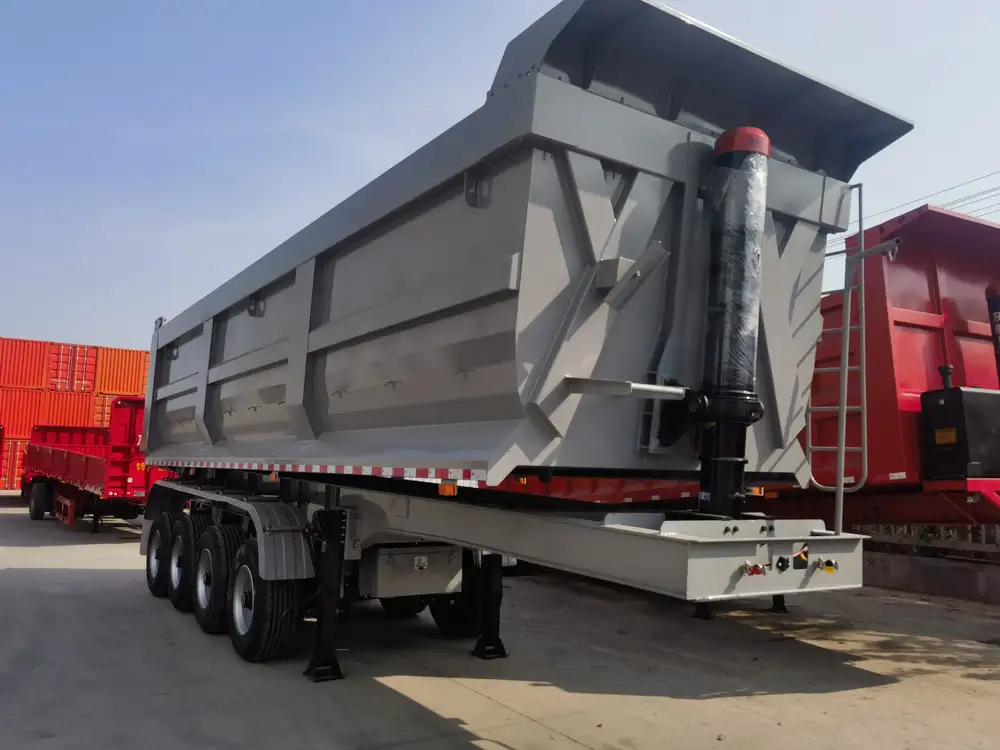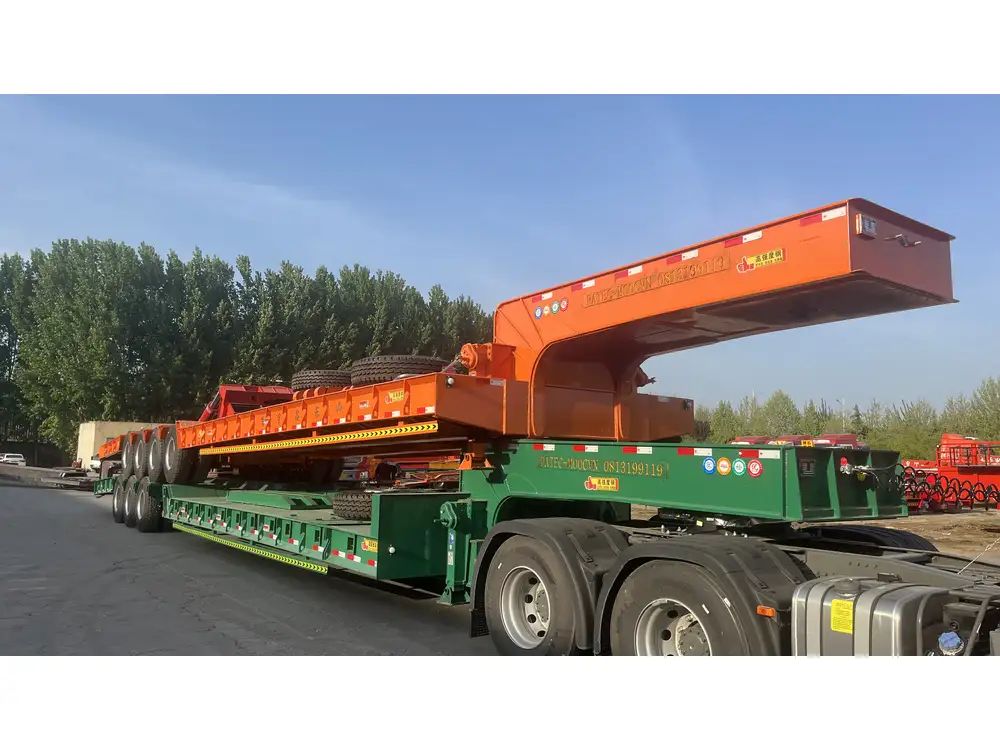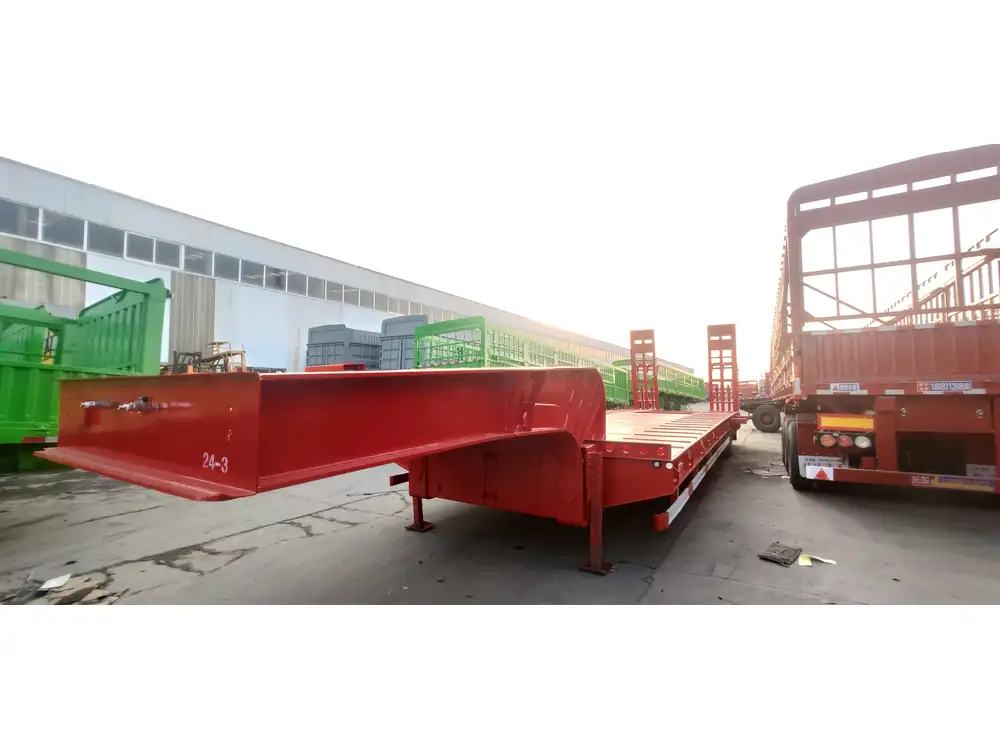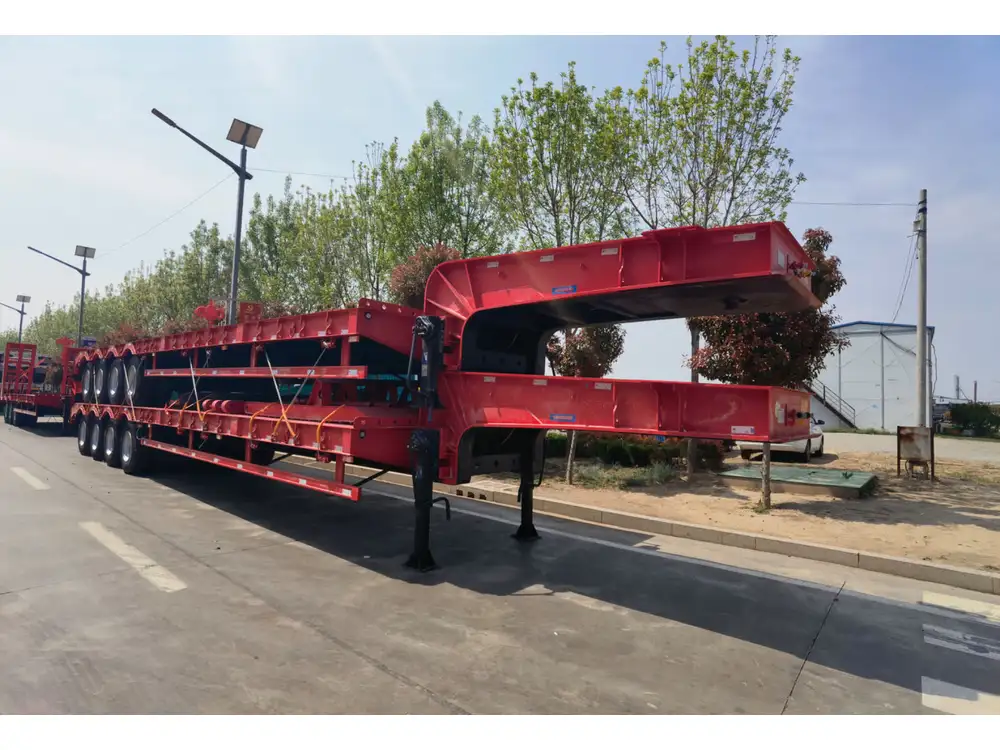When delving into the world of semi-trailers, one question often arises: how is a semi trailer measured for length? Understanding this crucial aspect not only aids in compliance with regulations but also ensures that logistics and transportation operations run smoothly. In the following sections, we will explore the methodologies of measuring semi-trailer length, address potential pitfalls in measurement practices, and dissect various regulations that govern these vehicles.
The Basics of Semi Trailer Measurement
Before we delve into the intricacies, it is important to clarify the fundamental definitions and standards used in measuring semi-trailer length, which typically includes factors like:
Overall Length: This is defined as the total length of the trailer from the front to the back. It includes the trailer itself, as well as any additional elements, such as structural components that may extend beyond the primary body.
King Pin to Rear Axle: This measurement is crucial for understanding the distribution of weight and pivot points. It is measured from the king pin (the point where the trailer connects to the tractor) to the back end of the trailer. This is particularly significant for owners and operators to comply with weight regulations.
Body Length: This refers to the length of the cargo-carrying part of the trailer, excluding any parts like the couplings and other hardware.
Length for Licensing and Regulation: Different jurisdictions may impose specific definitions and limitations for trailer lengths. These regulations often vary, affecting how semi-trailers can be operated and what configurations can be used.
The following table summarizes these essential measurements:
| Measurement Type | Definition |
|---|---|
| Overall Length | Total length from front to back of the trailer |
| King Pin to Rear Axle | Distance from king pin to the back end of the trailer |
| Body Length | Length of the cargo-carrying area of the trailer |
| Length for Licensing/Regulation | Jurisdiction-specific definitions and limitations on lengths |
Measuring Techniques: Step-by-Step Process
Accurate measurement of a semi-trailer requires precise techniques. The following sections break down the process into actionable steps.

Step 1: Prepare for Measurement
Before beginning the measurement process, it’s important to ensure that the trailer is parked on a level surface. This helps to eliminate any discrepancies that may arise due to incline or decline.
Step 2: Gather Necessary Tools
The main tools required to measure a semi-trailer adequately include:
- A long measuring tape (at least 25 feet)
- A notepad and pen for recording measurements
- A level to confirm the trailer is on a flat surface
Step 3: Measuring Overall Length
To measure the overall length:
- Position the Measuring Tape: Attach one end at the front of the trailer, ensuring it touches the front edge of the trailer plate.
- Extend the Tape: Stretch the tape along the length of the trailer until it reaches the very end.
- Record the Measurement: Document the total length in inches or feet, depending on local standards.

Step 4: Measuring King Pin to Rear Axle
- Identify the King Pin: Locate the king pin at the front of the trailer where it connects to the tractor.
- Measure to the Rear Axle: Use the measuring tape to measure from the king pin to the center point of the rear axle. This is often referred to as the “pivot point”.
- Document the Measurement: As with the overall length, record this in the appropriate units.
Step 5: Measuring Body Length
To gather the body length measurement:
- Start from the Front: Begin at the front of the trailer but exclude the king pin.
- Measure to the Rear End: Stretch the tape to the back edge of the cargo area, making sure to avoid protruding hardware.
- Record: Write down the dimensions for reference.
Common Errors to Avoid in Measurement
When measuring a semi-trailer, there are common pitfalls that should be avoided for accuracy:
Inaccurate Starting Points: It’s crucial to start at the right points to avoid miscalculations, especially in the overall length measurement.
Not Accounting for Extensions: Be mindful of any additional components, such as ramps or equipment attached to the trailer. These can add considerable length that needs to be recorded.
Using Incorrect Units: Ensure that all measurements are recorded in consistent units, whether inches or feet, to avoid confusion later on.
Neglecting Local Regulations: Different regions may define trailer lengths differently. Always check local regulations to confirm that your measurements align with legal standards.

Regulatory Aspects of Semi Trailer Length
Understanding regulations surrounding semi-trailer measurements is critical for compliance. Violating these can lead to severe penalties. Here, we dissect various aspects of these regulations:
Federal Regulations
In the United States, the Federal Motor Carrier Safety Administration (FMCSA) establishes standards for commercial motor vehicles, including semi-trailers. The maximum overall length for a semi-trailer in interstate commerce typically stands at 53 feet, although exceptions exist for certain configurations.
State Regulations
Each state may have its own rules and limits surrounding trailer lengths, which can vary widely. For instance:
- California: Allows semi-trailers up to 59 feet in length with specific configurations
- Texas: Generally permits a maximum overall length of 65 feet for truck-tractor and semi-trailer combinations
It’s essential for operators to familiarize themselves with specific state rules where they operate.

International Standards
When considering international transportation, it is worth noting that different countries may impose distinct regulations concerning trailer lengths. For example, the European Union has specific guidelines that differ significantly from those in the U.S. Operators need to be aware of these differences when traversing borders.
Impact of Trailer Length on Functionality
The length of a semi-trailer can significantly impact various operational aspects, such as:
Maneuverability
Longer trailers may present challenges in tight turns and parking situations. Shorter trailers often offer better maneuverability, allowing for improved navigation in urban environments and warehouses.

Weight Distribution
The length of a trailer can affect weight distribution, which in turn influences the stability of the load being transported. A well-distributed load is critical for safety on the road, minimizing the risk of tipping or rolling.
Fuel Efficiency
Interestingly, the length can also impact fuel efficiency. Longer trailers, while capable of hauling larger loads, may encounter greater air resistance. Shorter trailers might be more aerodynamic, potentially resulting in lower fuel consumption.
Legal Compliance
One of the most critical aspects relating to trailer length is compliance. Different jurisdictions have specific requirements. Non-compliance can lead to fines and logistical headaches.

Trends in Trailer Length Regulations
As the transportation industry evolves, so do the regulations surrounding trailer lengths. Here are emerging trends to consider:
Increased Lengths for Specialized Trailers
Recently, regulatory bodies have begun to permit longer lengths for specialized trailers, particularly those transporting goods requiring extra space, such as hazardous materials or oversized loads.
Advocacy for National Standards
There is ongoing advocacy for a more cohesive national standard regarding trailer lengths, aimed at streamlining regulations across states to ease transportation logistics.

Eco-Friendly Initiatives
With sustainability taking center stage, regulations and incentives may gradually shift towards promoting longer trailers that offer greater load capacities, potentially leading to fewer trips and reduced carbon footprints.
Conclusion
Understanding how a semi-trailer is measured for length is critical for manufacturers, operators, and logistics managers alike. By grasping the techniques of accurate measurement, recognizing regulatory constraints, and being aware of the implications of trailer length, stakeholders can make informed decisions. This knowledge not only helps in compliance but also enhances operational efficiency and effectiveness in the industry. As we move forward, adapting to changing regulations and trends in the transportation sector will become increasingly vital for ensuring sustained success.
Arming oneself with the correct knowledge and practices sets the stage for navigating the complexities of semi-trailer operations in a dynamic marketplace.



